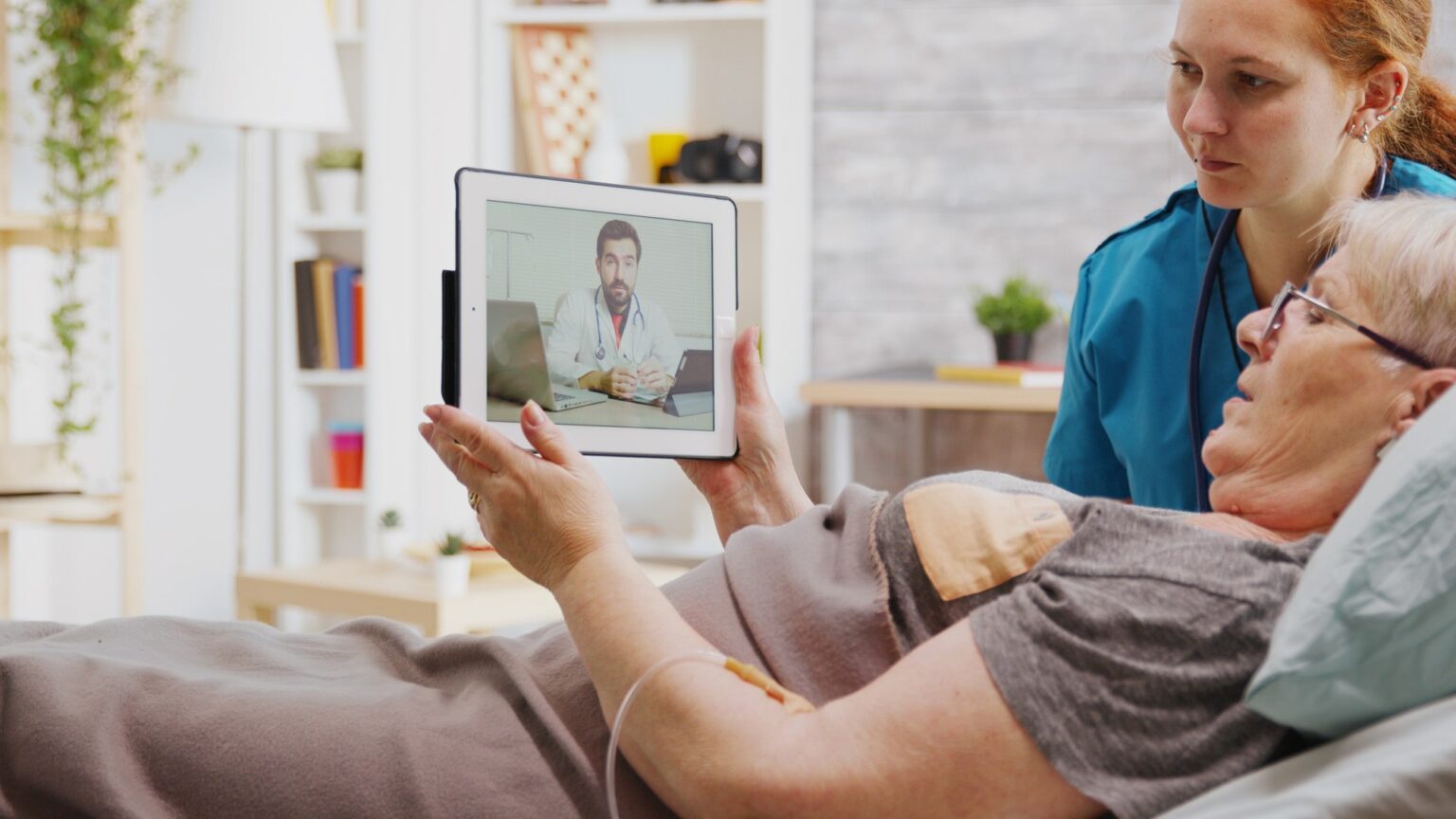Telemedicine has emerged as a valuable tool in the field of rehabilitation, offering virtual therapy for physical and occupational health. Here’s how telemedicine enhances rehabilitation services:
Remote Consultations: Telemedicine enables remote consultations between rehabilitation specialists and patients. Through video conferencing or virtual visits, healthcare providers can assess patients’ physical or occupational health conditions, discuss symptoms, review progress, and provide personalized therapy recommendations. This remote consultation option eliminates the need for in-person visits, particularly for patients who may face challenges in accessing rehabilitation centers or who live in remote areas.
Home-Based Rehabilitation: Telemedicine allows for home-based rehabilitation programs, bringing therapy sessions directly to patients’ homes. Using video conferencing platforms, rehabilitation specialists can guide patients through exercise routines, demonstrate proper techniques, and provide real-time feedback. This approach promotes continuity of care, increases patient engagement, and reduces the burden of traveling to therapy sessions, especially for patients with limited mobility or transportation options.
Remote Monitoring: Telemedicine facilitates remote monitoring of patients’ progress and adherence to therapy protocols. Patients can use wearable devices or smartphone applications to record their exercise sessions, movements, or vital signs, which can be remotely reviewed by healthcare providers. By monitoring patient data and progress remotely, therapists can provide timely feedback, track improvements, and make necessary adjustments to the rehabilitation plan.
Access to Specialized Services: Telemedicine allows patients to access specialized rehabilitation services that may not be available in their local area. Patients can receive consultations and therapy sessions from experts in specific rehabilitation fields, regardless of their geographical location. This expands access to high-quality care and ensures patients receive the specialized expertise they need for their rehabilitation journey.
Patient Education and Self-management: Telemedicine provides an avenue for patient education and self-management in rehabilitation. Rehabilitation specialists can deliver educational materials, videos, or interactive sessions to help patients understand their conditions, learn about proper techniques, and manage their therapy independently. By empowering patients with knowledge and tools, telemedicine promotes active participation in their rehabilitation process and facilitates long-term self-management.
Follow-up and Support: Telemedicine facilitates follow-up appointments and ongoing support for patients after they have completed in-person therapy sessions. Through virtual visits, healthcare providers can assess patients’ progress, address concerns, answer questions, and provide guidance for continued self-management. This ongoing support helps maintain the gains achieved during in-person therapy and promotes sustained improvements in patients’ functional abilities and quality of life.
Cost and Time Efficiency: Telemedicine can reduce the overall costs associated with rehabilitation services. Patients save on transportation expenses and potentially reduce time away from work or other commitments. Additionally, healthcare facilities can optimize their resources by remotely providing follow-up care, allowing for better resource allocation and improved efficiency in the healthcare system.
Telemedicine in rehabilitation expands access to therapy services, promotes patient engagement and self-management, and offers more flexible and convenient care options. However, it is important to note that not all rehabilitation services can be effectively provided through telemedicine, and certain conditions may require in-person assessments or interventions. Healthcare providers must carefully evaluate each patient’s needs and determine the most appropriate combination of in-person and virtual care to ensure optimal outcomes in rehabilitation.



